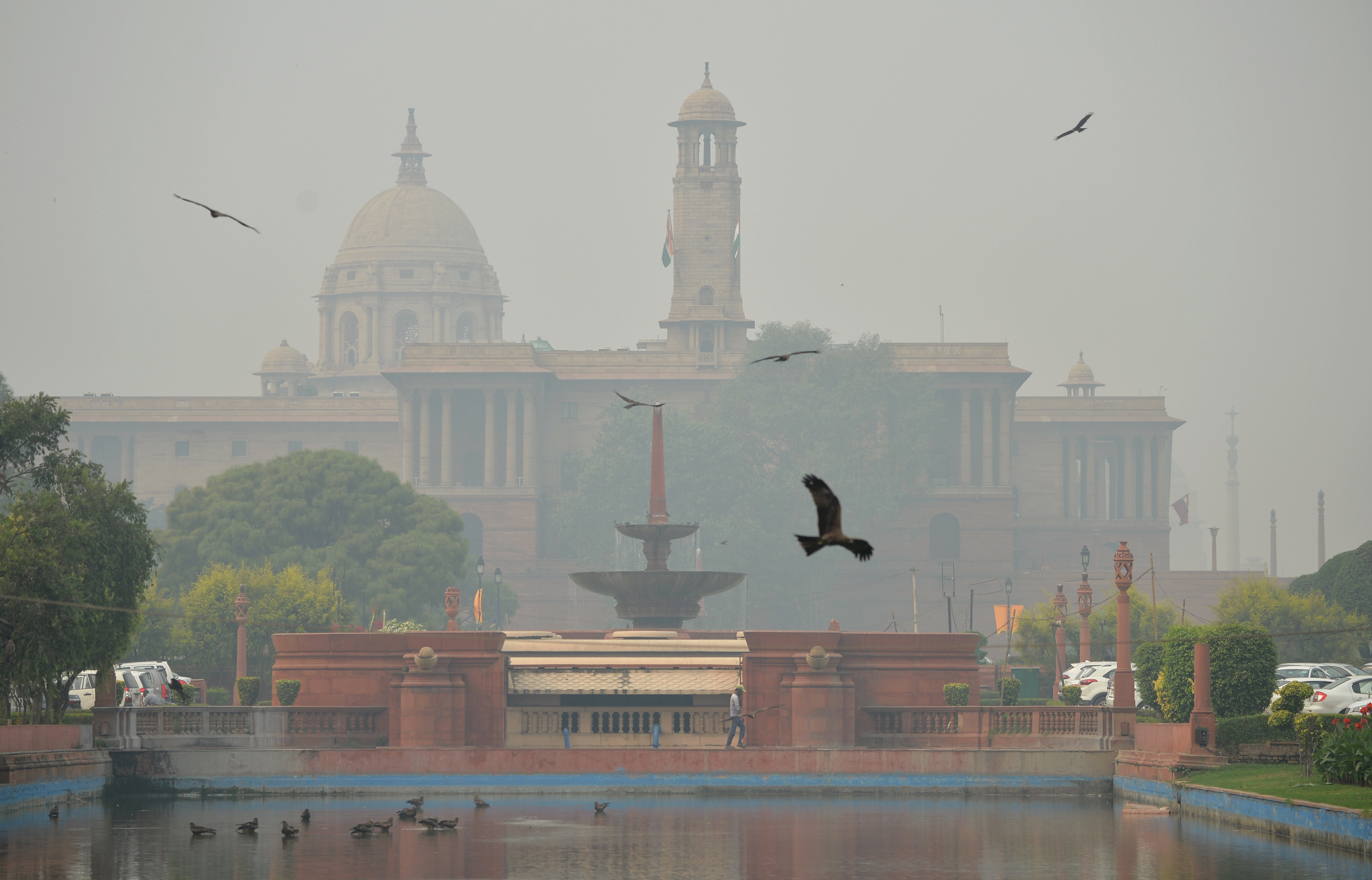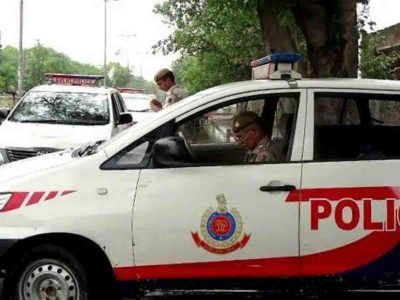Delhi witnessed a drastic decline in air quality, plunging into the “very poor” category on Saturday, with further deterioration anticipated due to adverse meteorological conditions, according to weather monitoring agencies.
The city’s average Air Quality Index (AQI) reached 301 at noon, worsening from 261 the previous day, as reported by the Central Pollution Control Board. Neighbouring areas fared no better, with AQI levels recorded at 286 in Ghaziabad, 268 in Faridabad, 248 in Gurugram, 284 in Noida, and 349 in Greater Noida.
This decline is attributed to sluggish night-time winds and falling temperatures, according to the Centre’s Air Quality Early Warning System for Delhi. Such conditions are projected to persist until month-end.
Unfavourable meteorological patterns, coupled with emissions from firecrackers, paddy straw burning, and local pollution sources, have combined to create hazardous air quality in Delhi-NCR during the winter months. Notably, vital data essential for the government’s anti-pollution strategies is currently unavailable.
Updates from the Ministry of Earth Sciences’ System of Air Quality and Weather Forecasting and Research, which previously supplied information about farm fire smoke’s contribution to Delhi’s pollution, have ceased without explanation. Similarly, public access to data from the Decision Support System, a model-based framework identifying sources of particulate matter pollution in Delhi, has been restricted.
Earlier, the Delhi government had launched a 15-point action plan to combat air pollution, focusing on addressing dust pollution, vehicular emissions, and the open burning of garbage. Special initiatives targeting dust, vehicular, and industrial pollution are already underway. Additionally, a comprehensive ban on the manufacture, storage, sale, and use of firecrackers within the city has been enforced.
To enhance public awareness, the campaign ‘Patakhe Nahi Diye Jalao’ (Light Lamps, Not Firecrackers) will soon be reintroduced, encouraging citizens to refrain from burning firecrackers.
Furthermore, the government has devised pollution mitigation plans for 21 identified hotspots in the capital, including the use of suppressant powder to curtail dust pollution.
These dust suppressants, including chemical agents like calcium chloride, magnesium chloride, lignosulfonates, and various polymers, effectively bind fine dust particles together, preventing them from becoming airborne. (With inputs from PTI)





